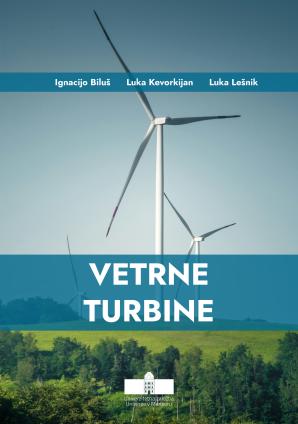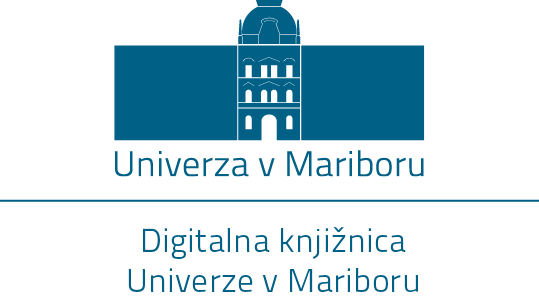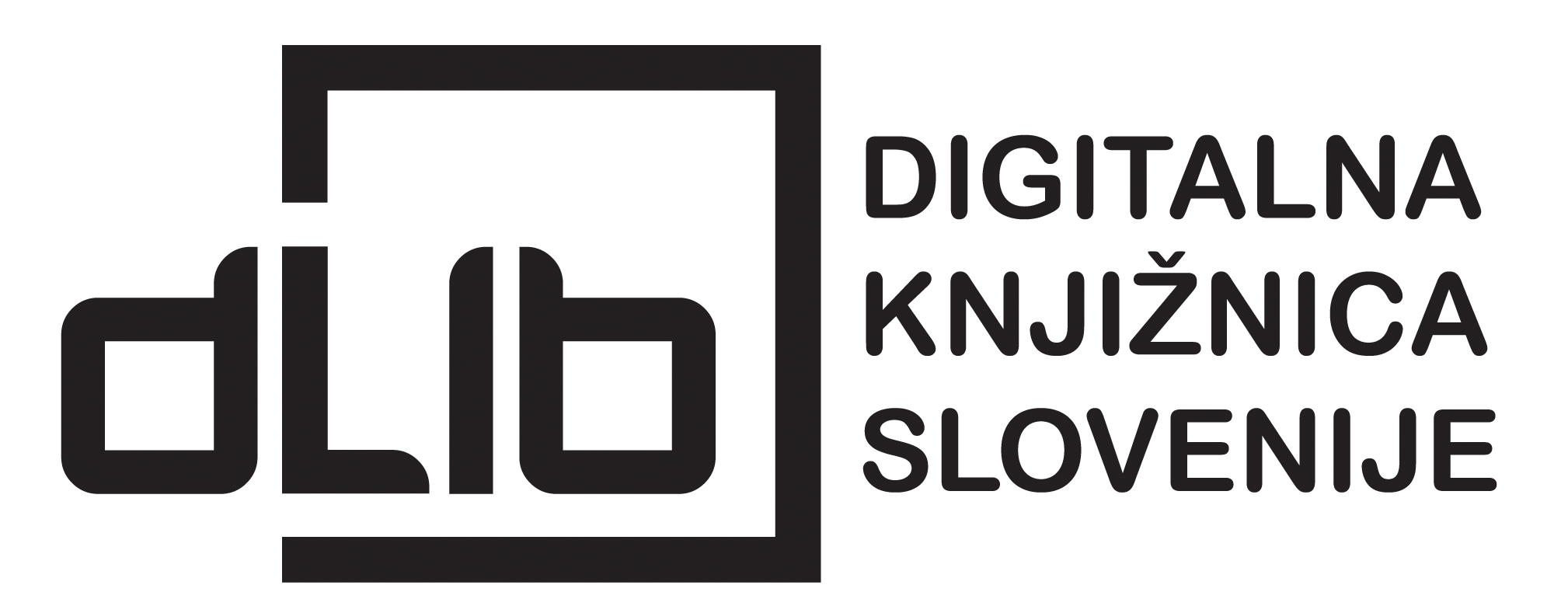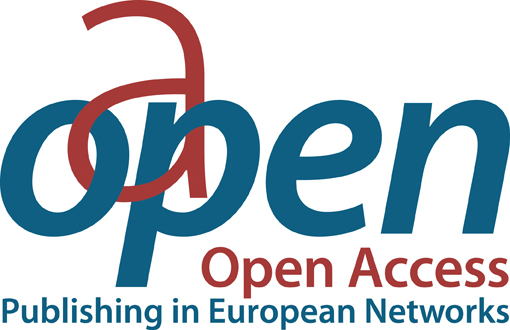Vetrne turbine
Ključne besede:
obnovljivi viri energije, veter, vetrna turbina, dinamika toka, vpliv na okoljeKratka vsebina
Publikacija obravnava vetrne turbine. V prvem, uvodnem poglavju so podane temeljne značilnosti oskrbe z energijo v Sloveniji in potencial za izkoriščanje obnovljivih virov s poudarkom na energiji vetra. Temu sledi poglavje o vetru v katerem je pojasnjen nastanek vetrov, značilnosti vetrov s porazdelitvijo hitrosti, vplivom reliefa in turbulence na energijo vetra. V poglavju je predstavljena metodologija za ocenjevanje razpoložljivosti vetrov in možnosti pridobivanja energije. V tretjem poglavju je podana matematična formulacija dinamike toka v konvencionalnih vetrnih turbinah s horizontalno osjo. Predstavljene so metode s katerimi je možno ovrednotiti učinkovitost energijske izmenjave in temeljni postopki za oblikovanje lopatic vetrnih turbin. V četrtem poglavju je predstavljen okoljski vidik umestitve vetrnih turbin v naravo. Obravnavan je vpliv vetrnih turbin na živali, degradacija pokrajine zaradi vizualnega vpliva in hrup, ki ga povzročajo vetrne turbine.
Prenosi
Literatura
[1] Statistični urad Republike Slovenije (SURS), elektronski vir:
https://www.stat.si/StatWeb/News/Index/12860, dostop: 31. 5. 2024.
[2] Statistični urad Republike Slovenije (SURS), elektronski vir:
https://www.stat.si/StatWeb/News/Index/12829, dostop: 31. 5. 2024.
[3] IEA (2021), Hydropower Special Market Report, elektronski vir: https://www.iea.org/reports/hydropower-special-market-report, dostop: 25. 2. 2025.
[4] Republika Slovenija, Vlada Republike Slovenije. Posodobljeni celoviti nacionalni energetski in podnebni načrt Republike Slovenije, Ljubljana, december 2024.
[5] Republika Slovenija, elektronski vir: https://www.gov.si/teme/obnovljivi-viri-energije/, dostop: 6. 9. 2022.
[6] Republika Slovenija, Ministrstvo za infrastrukturo. Celovit pregled potencialno ustreznih območij za izkoriščanje vetrne energije, Strokovna podlaga za prenovo Akcijskega načrta za obnovljive vire energije (obdobje 2010–2020), Aquarius, Ljubljana, avgust 2015.
[7] J. Senegačnik, B. Drobnjak, Obča geografija za 1. letnik gimnazij, Modrijan založba, Gorenja vas, 2002.
[8] R. Gasch, J. Twele, Wind Power Plants: Fundamentals, Design, Construction and Operation, 2. izd., Springer, Berlin, 2012.
[9] T. Burton, D. Sharpe, N. Jenkins, E. Bossanyi, Wind Energy Handbook, Wiley, Chichester, 2001.
[10] IEC 61400-1, Wind turbines – Part 1: Design requirements, International Electrotechnical Comission, Ženeva, 2005.
[11] Wikipedia, elektronski vir: https://sl.wikipedia.org/wiki/Vetrna_elektrarna_Trtar-Krtolin; dostop: 29. 11. 2024.
[12] L. Škerget. Mehanika tekočin, Tehniška fakulteta v Mariboru, Maribor, 1994.
[13] Agencija Republike Slovenije za okolje (ARSO), Letališče Edvarda Rusjana Maribor:
https://meteo.arso.gov.si/met/sl/climate/diagrams/wind/letalisce-er-maribor/, dostop: 29. 11. 2024.
[14] I. Biluš, Hidravlični turbinski stroji 1, Univerzitetna založba Univerze v Mariboru, Maribor, 2020.
[15] C. G. Anderson. Wind turbines theory and practice. Cambridge University press, 2020.
[16] D. Bordjan, T. Jančar, T. Mihelič. Karta občutljivih območij za ptice za umeščanja vetrnih elektrarn v Sloveniji. Društvo za opazovanje in proučevanje ptic Slovenije, 2012.
[17] Elektronski vir: https://encrypted-tbn0.gstatic.com/images?q=tbn:ANd9GcQ0XQlSOabWs3p2n_BBBzIB37Ydf9iAJINT-w&s, dostop: 4. 12. 2024.
[18] Wind Farm BoP, elektronski vir: https://www.windfarmbop.com/wind-turbine-tower/, dostop: 4. 12. 2024.
[19] D. Denac. Študija aktivnosti bele štorklje (Ciconia ciconia) v Razdrtem z namenom izdelave strokovnega mnenja o potencialnem vplivu načrtovane vetrne elektrarne. Društvo za opazovanje in proučevanje ptic Slovenije, 2010.
[20] U. S. Fish & Wildlife Service, elektronski vir: https://www.fws.gov/library/collections/threats-birds, dostop: 4. 12. 2024.
[21] J. F. Manwell, J. G. McGowan, A. L. Rogers. WIND ENERGY EXPLAINED Theory, Design and Application, Second Edition. John Wiley & Sons, 2009.
[22] G. Ivanov, S. Tomljenović, K. Čmelar, I. Grubišić, M. Marek. PRESENCE OF LARGE CARNIVORES IN THE IMPACT AREA OF WIND POWER PLANTS DURING OPERATION IN CROATIA. CWW, conference, 2023.
[23] SHINNESS wind farm limited elektronski vir: https://shinnesswindfarm.co.uk/wp-content/uploads/2024/01/Figure-5.2-Zone-of-Theoretical-Visibility-ZTV-to-Blade-Tip-with-Viewpoint-Locations-uai-1032x734.webp, dostop: 4. 12. 2024.
[24] SHINNESS wind farm limited elektronski vir: https://shinnesswindfarm.co.uk/wp-content/uploads/2024/01/viewpoint-6.webp, dostop: 4. 12. 2024.
[25] T. Burton, D. Sharpe, N. Jenkins, E. Bossanyi. WIND ENERGY HANDBOOK. John Wiley & Sons, 2001.

Prenosi
Izdano
Kategorije
Licenca

To delo je licencirano pod Creative Commons Priznanje avtorstva-Deljenje pod enakimi pogoji 4.0 mednarodno licenco.





